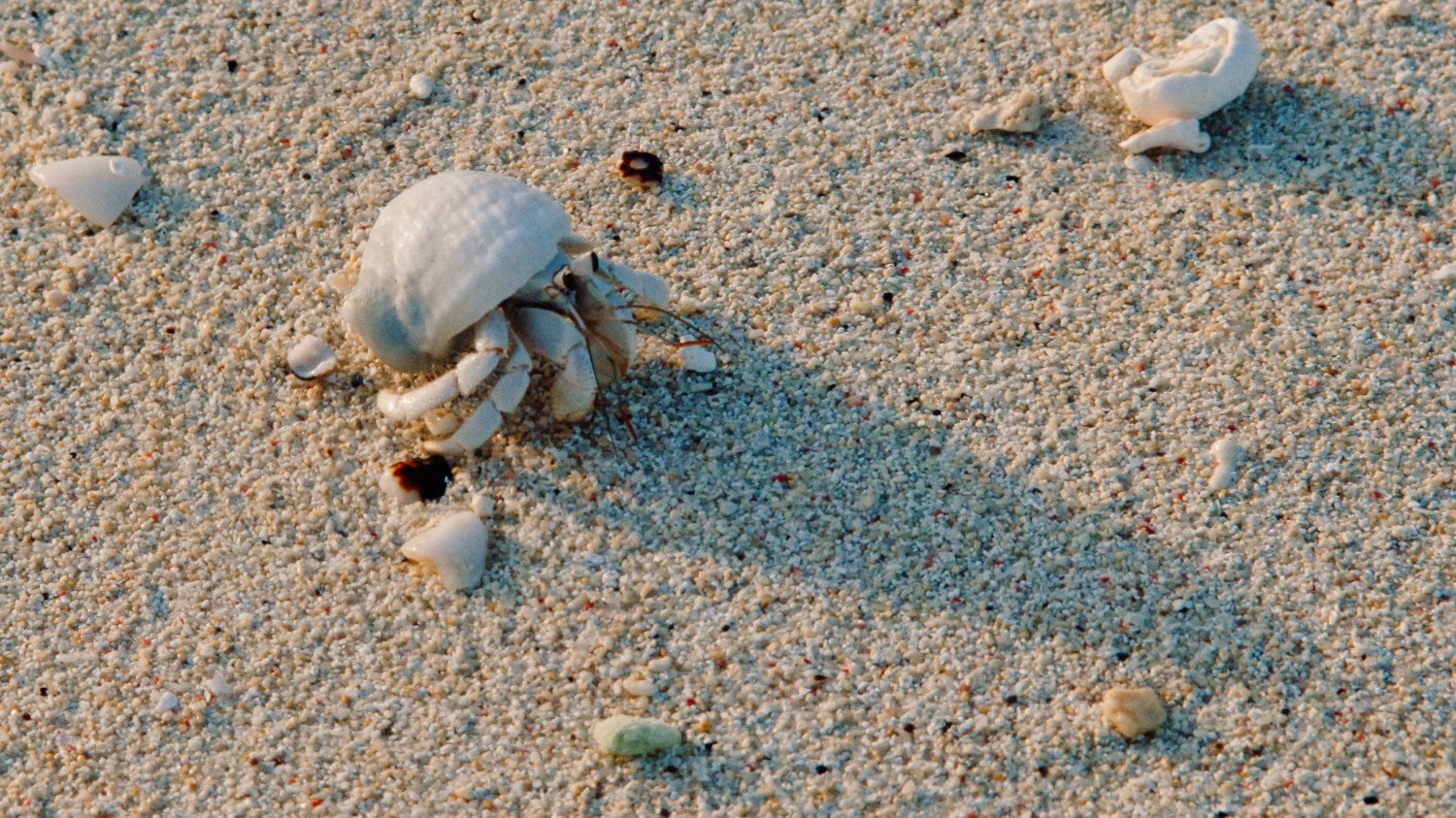La Mer Emeraude
La Mer Emeraude is that well over 11 km long shallow water colour emerald bordered by the south-eastern coast of the Ambararata peninsula geographically the northernmost tip of Madagascar. The shortest way to access la Mer Emeraude is by sailing boat on a sea sailing journey starting at the white sand beach of the sea resort and fishermen village of Ramena lying twenty kilometers eastwards of the town of Antsiranana sometimes still referred to by its old name “Diego Suarez.” Ramena is accessible by means of the asphalted road bordering the bay of Andovobazaha passing by the sugar loaf Nosy Lonjo and the samples of the baobab species endemic to the North, Adansonia suarezensis, majestically guarding the entrance to the protected area of Ambohitr’Antsingy also known as Montagne des Français site of pilgrimage to catholic congregations.
Customarily, the inhabitants of Ramena and the town of Antsiranana refer to La Mer Emeraude to the sea surrounding the islet Suarez, one of the two most important islets off the northeast coast of the region, Nosy Diego and Nosy Suarez, both actually nestled within the extensive Mer Emeraude. Indeed, the widest island, Nosy Suarez, long about 3 km, is a major tourist haven displaying two strips of white sand public beaches with a cumulative length of about 800 meters long enough to accommodate beach explorers, bathers and daily excursionist of any sort at this idyllic location.
Starting in the morning, the dhow adventure will get across the channel of one of the largest bay and natural harbour in the world which in fact consists of four different bays, bay du Tonnerre, bay Andovobazaha, bay Andovobatofotsy and bay Tsiala and by the cul de sac Gallois and the cove Antsahazo. The channel that gives access to the ensemble of bays, cul de sac and coves is in fact divided unevenly in two parts, the grande and petite passes that are separated by the islet Nosy Kombero. Past la petite pass, the safe channel for small vessels, at the level of cape Tanifotsy, wonders unfold with a wall of land in a colour palette of ochre to rust and pale rose to the port of the vessel, dark marine tsingy produce of continuous ocean backwash at starboard, and at prow, the amazingly transparent, turquoise waters of la Mer Emeraude that for the rest of the one hour dhow transfer will unfold treasure of multicoloured fishes and scattered coral reefs.
At low tide, the captain would allow passengers to disembark at an exposed golden sand beach bringing to a path uphill to overview at 360° the bays in the West, the peninsula of Ambararata in the North, the width of the Indian Ocean extending to the horizon in the East, la Mer Emeraude and Nosy Diego and Nosy Suarez in the Northeast and the peninsula of Amoronjia in the South. Heading northwards, the path will walk through savanna seasonally flowered with dry deciduous shrub then back down to sea-shore at the village of Andovokonko in a cove of mangrove where villagers grow algae while living of fishing. The dhow will then proceed northwards of Mer Emeraude off the islet Nosy Diego to join Nosy Suarez and its wide white sand beach foreseen hours of enjoyment sunbathing, exploring the underwater for fishes and other wonders, the island for birds and an assortment of exotic picnic lunch to replenish human bodily senses in an exquisite day of awe.
Following the start of Austral Winter and for seven months and more, the Southeast trade winds will define the weather and marine activities within la Mer Emeraude doting the sky of kyte-surfers and the ocean of wind-surfers, the area is indeed famous world-wide for the strength of the winds and will gather most of the world best athletes in the discipline.










